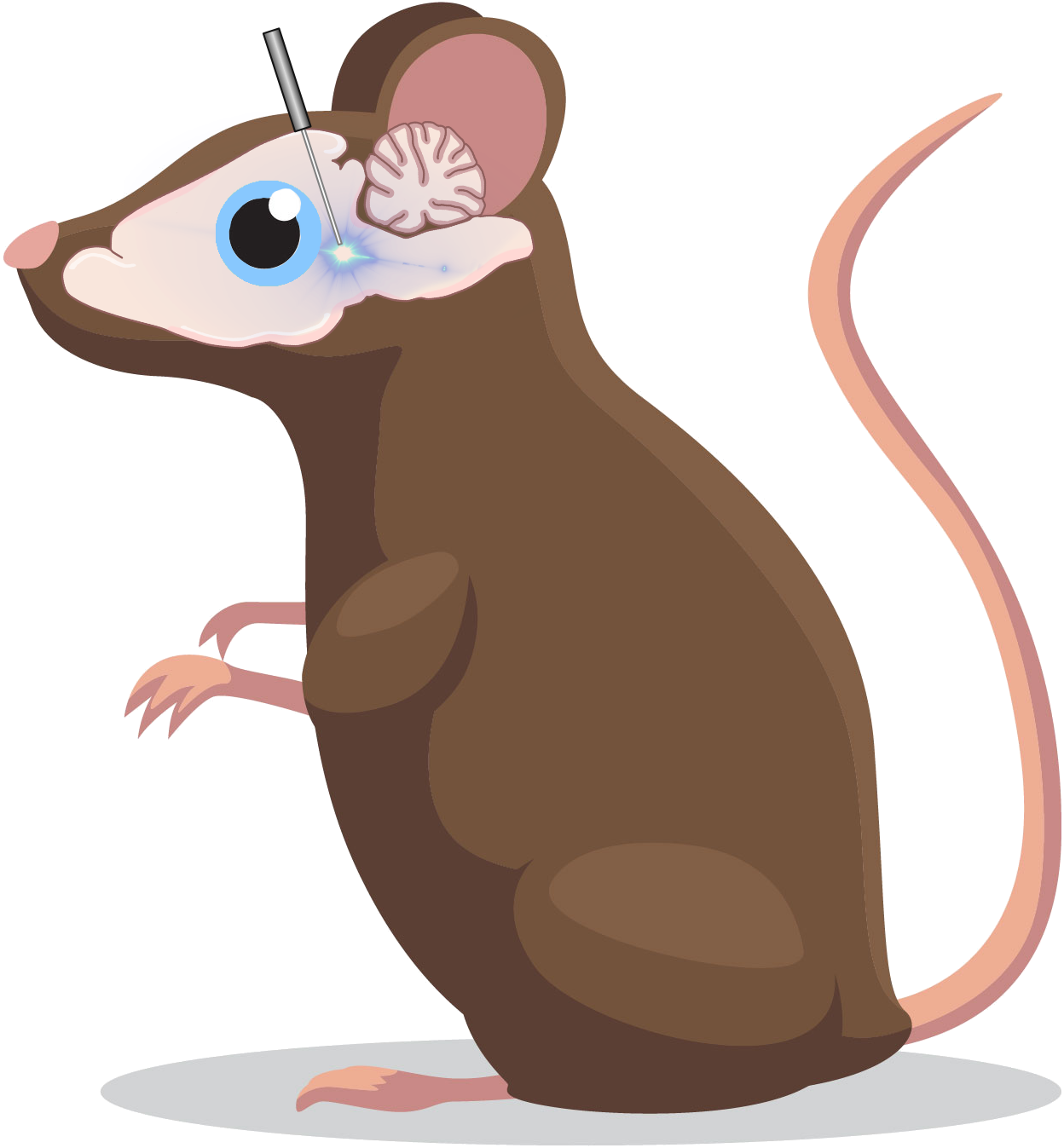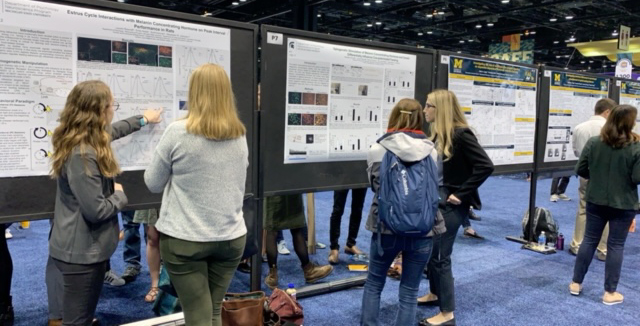In: International Journal of Developmental Neuroscience
PMID: 28684308
DOI: 10.1016/j.ijdevneu.2017.06.012
Abstract: Ingestive behavior is controlled by multiple distinct peripheral and central physiological mechanisms that ultimately determine whether a particular food should be accepted or avoided. As rodents consume a fluid they display stereotyped rhythmic tongue movements, and by analyzing the temporal distribution of pauses of licking, it is possible through analyses of licking microstructure to uncover dissociable evaluative and motivational variables that contribute to ingestive behavior. The mean number of licks occurring within each burst of licking (burst and cluster size) reflects the palatability of the consumed solution, whereas the frequency of initiating novel bouts of licking behavior (burst and cluster number) is dependent upon the degree of gastrointestinal inhibition that accrues through continued fluid ingestion. This review describes the analysis of these measures within a context of the behavioral variables that come to influence the acceptance or avoidance of a fluid, and the neurobiological mechanisms that underlie alterations in the temporal distribution of pauses of licks. The application of these studies to models of obesity in animals is also described.

